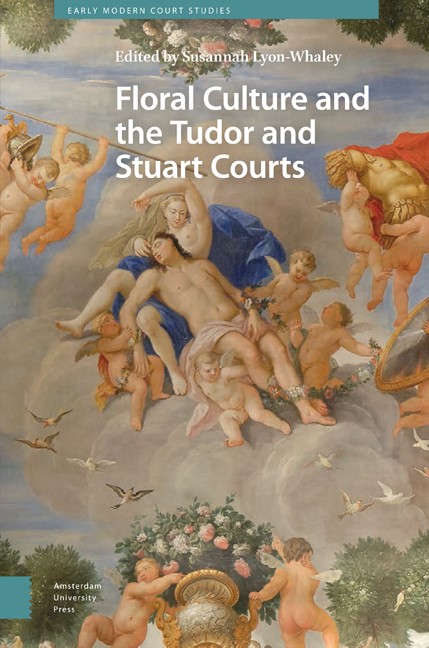4 - Flowers and Dress: Decorative, Dynastic, and Symbolic
Published online by Cambridge University Press: 16 April 2024
Summary
Abstract
Flowers adorned the clothing and jewellery of royal and aristocratic men and women at the Tudor and Stuart courts. The textiles with which clothes were made were not gendered, nor was the ornamentation of fabrics, clothing, accessories, and jewellery, except for armour and weapons, worn exclusively by men but also ornamented with floral motifs. The application of flowers to these media was dictated by technical aspects of weaving, embroidery, and metalwork and they fall into three categories: decorative, dynastic, and symbolic. This chapter explores these aspects of floral embellishment and their interpretation, using examples of surviving garments and jewels, inventories of dress and jewellery, and portraits of the Tudor and Stuart elites.
Keywords: clothing; garments; jewellery; Tudor; Stuart; elite
Flowers blossomed on the clothing and jewellery of royal and aristocratic men and women at the Tudor and Stuart courts. Examining how they were incorporated into the various materials that comprised elite dress reveals three main categories: decorative, dynastic, and symbolic. In the following assessment, ‘decorative’ flowers are defined as those which have been simplified or are abstract to a degree that botanical identification is not possible, and those described as ‘a flower’ or ‘flowers’ in documentation relating to jewellery or textiles. Where the designs are defined well enough to identify a botanical species—pansies, gillyflower, borage, etc.—it is assumed that the meanings broadly assigned to them in Tudor and Stuart society through literary sources, such as the pansy described in Bonnie Lander Johnson's chapter in this volume, were at the very least known by the wearer and possibly intentionally chosen or embraced by them. The designation of flowers as ‘dynastic’ refers to those chosen as badges by the Tudors and Stuarts, as well as flowers in the crests or arms of aristocratic families.
As this chapter outlines, discerning into which of these categories a floral silk or jewel falls is not straightforward. Sometimes this is dictated by technical aspects of the object's creation, or it requires assessing the degrees of meaning and intention behind design choices, which were very rarely recorded.
- Type
- Chapter
- Information
- Floral Culture and the Tudor and Stuart Courts , pp. 123 - 152Publisher: Amsterdam University PressPrint publication year: 2024

